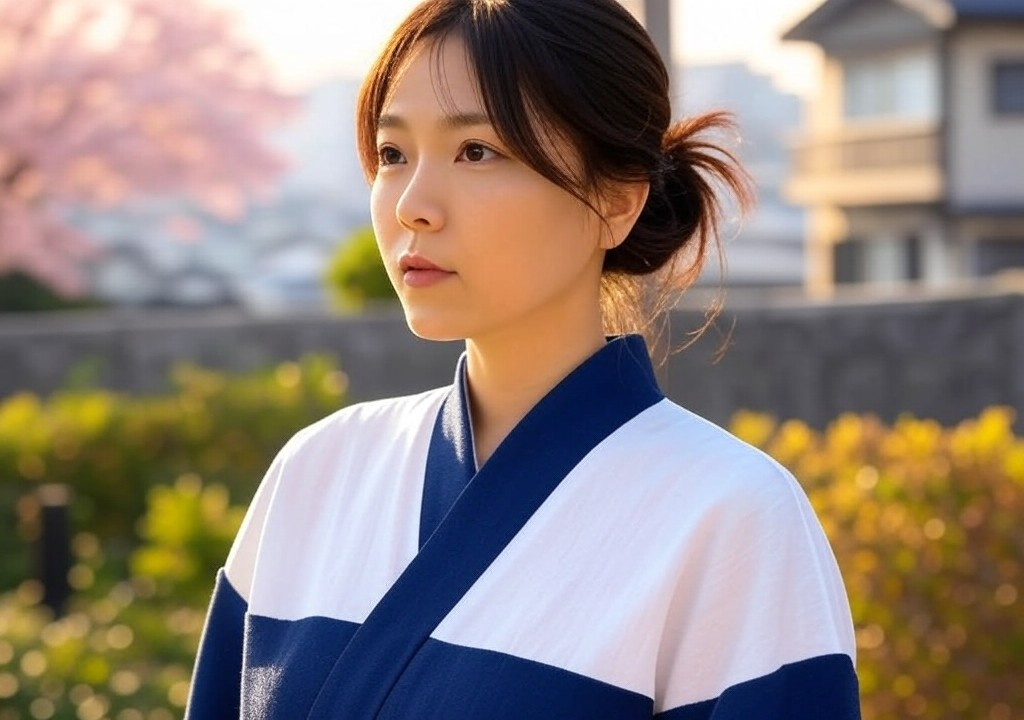What People Get Wrong About My Job
Introduction: No, I Don’t Just Stare at Pretty Things All Day
“Oh, so you just… look at paintings all day?”
“Yes, of course. Between sipping green tea and pondering the meaning of life.”
This is the response I nearly give when someone assumes my previous career in museum curation was a glorified version of loitering in art galleries. The reality? Entire spreadsheets dedicated to cataloguing objects. Late nights spent writing wall text short enough to hold a toddler’s attention but deep enough to satisfy a PhD candidate. Meetings (so many meetings) debating whether a single comma should ruin or redeem a 250-word placard.
I hear similarly misguided assumptions today, now that I’ve stepped into writing about dating, relationships, and human connection. “Oh, so you just write fluff?” someone once dared to say. “Cute little dating tips?” Yes, just like how museum curators only stare at Monet’s Water Lilies and snack on croissants. People assume it’s light, simple work—always fun, never frustrating. But let me tell you, there’s so much more going on behind the scenes that no one talks about.
This article isn’t about proving myself as a writer. (If you need proof, look no further than this sassy paragraph.) It’s about busting myths surrounding work that, at its heart, is deeply human. Let’s unravel the misconceptions and explore some truths, one hilarious misunderstanding at a time.
Myth #1: It’s All Rainbows, Cupid, and Kawaii Hearts
When people hear “relationships writer,” their minds conjure up a cartoonish image: me giggling over heart-shaped lattes as I brainstorm flirty text templates. They think the job is light as a feather and sweet as sakura mochi. Reality check—it’s not all fun and games.
Yes, my work often focuses on love, but it’s not just love in its easy, breezy form. I dive into the messy, the heartbreaking, the complex. Imagine spending a week researching the psychology of ghosting for an article or delving into how cultural differences impact intimacy. Did you know the entire Japanese approach to relationships is rooted in enryo, or holding back subtly out of politeness? Try explaining that nuance in 800 words to a global audience while balancing cultural accuracy and relatability.
Behind every “cute heart emoji” moment lies an invisible load of serious legwork. Writing about dating requires creative wit, sure, but it also takes empathy, humility, and a willingness to go deeper than surface-level fluff. It’s not just “rainbows and Cupids,” friends. It’s the art of opening emotional worlds and finding patterns in how humans connect, collide, and (sometimes) walk away with dignity intact.
Myth #2: I Must Be an Expert in Love
Another classic misconception: “Oh, you write about relationships, so you must have a perfect one, right? You’re, like, an actual Cupid?”
If I had a yen for every time someone assumed this… let me just say I’d have a villa in Kyoto by now. The truth is, much like being a museum curator didn’t make me a walking encyclopedia of Edo-period art, writing about love doesn’t magically hand you a cheat code to everlasting bliss. My relationship with my partner is not perfect; it’s real. We’ve had miscommunications (because “Yes, I’m fine” rarely means “fine”), misaligned schedules, and that time we argued about whether “taking space” was code for “I forgot to reply to your text for eight hours.”
But this also means I write from a place of authenticity. When I talk about learning to apologize effectively or navigating long-distance struggles (Tokyo to Canada was no small feat, trust me), I draw directly from lived experience. My readers don’t need a flawless oracle. They need a flawed, empathetic human who’s muddled through her own messes and come out determined to love better. This job isn’t about being perfect; it’s about seeing the beauty in imperfection—and being brave enough to write about it.
Myth #3: It’s Not a “Serious” Career
“Oh, so when are you going back to ‘real’ work?”
I love this one. People project a kind of hierarchy onto writing, assuming that essays on love are perched near the bottom rung. Let me be clear: dissecting relationships is a deeply intellectual, highly emotional, and occasionally backbreaking process. It’s not standing on academia’s hallowed ground, sure—but it’s the scaffolding underneath all of us.
Think about it. No matter how “serious” your job is—whether you’re a surgeon saving lives or an accountant balancing ledgers—your core motivation to strive, succeed, or even vent on a bad day is almost always tied to your relationships. The people you love, the conflicts you’re trying to resolve, the friendships that shape your worldview. Writing about modern connections isn’t about frivolity; it’s about untangling the invisible threads that hold us up. That work takes a blend of analysis and storytelling—something I learned via late nights reading Japanese fiction (hello, Yoshimoto and Murakami) and wrestling with 15th-century love letters during my doctorate.
So no, it’s not “cute” or “less than.” It’s the kind of work that sticks, like that perfect vase you can’t stop admiring even when its cracks are showing.
Myth #4: It’s Lonely Work
“Oh, you must spend so much time alone. Does it ever drive you crazy?”
For someone accustomed to gallery storage rooms (dusty! silent!) and solo research archives, today’s version of “solitude” feels downright social. As a relationships writer, my inbox is constantly filled with stories—some joyful, others bittersweet. Readers confess hilarious first-date mishaps: one burned their tongue on coffee while trying to look sexy; another accidentally called their date “Mom.” Others share the rawest corners of their hearts, trusting me with their love stories gone sideways.
This work is anything but lonely. It’s connection at its most profound. Even the offbeat humor in my writing echoes the conversations I’m constantly having—with my friends debating the “three-day texting rule,” with readers sending “LOL SAME” to an article about avoiding bad rebound decisions, and with my own quiet musings as I sip a café au lait and reflect on universal truths about relationships.
If anything, the work feels almost too boundary-less at times. And yet, that openness—knowing I’m writing into vast shared experiences—reminds me why I do it.
Conclusion: Behind Every “Flirty Tip” is a Quest for Meaning
At its heart, this job isn’t about tips, tricks, or love hacks. It’s about seeing relationships—romantic, platonic, cultural, familial—as the core of our humanity. It’s about figuring out why some people stick with us and why we drift from others. To write about dating and relationships is to peer into the little moments—some tender, some chaotic—that make life worth living.
So yes, I do sometimes write about why you should consider texting “Hey, how are you?” instead of “Hey…” (which every Millennial and Gen Z-er knows carries ominous energy). But for me, writing about relationships is my ongoing way of making sense of the world—and, I hope, helping others make sense of theirs too.
Let’s shatter the myths together.




















